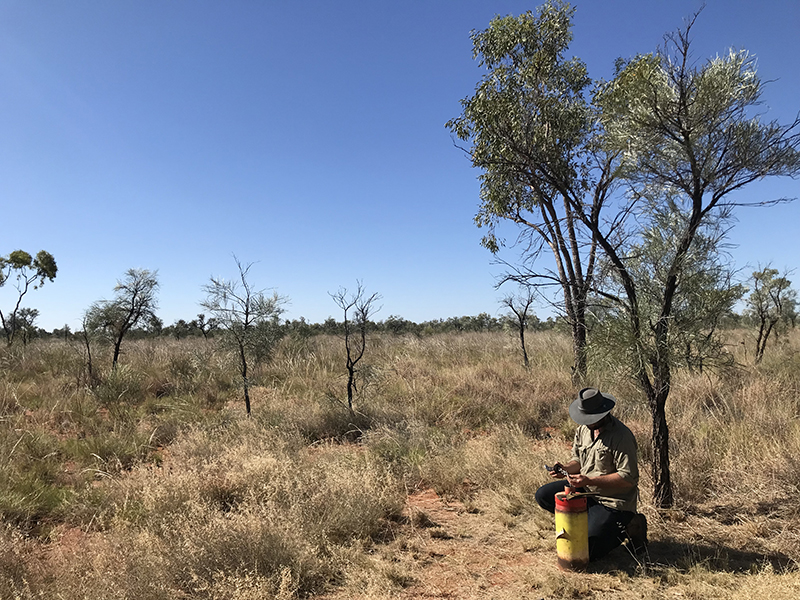
The project is funded by the Australian Government ($1.39 million), with the Northern Territory Government supporting the project’s delivery. Australian Government funding is provided through the National Water Grid Fund Science Program.

Allungra Gauging, Ti Tree Basin. Credit: Northern Territory Government
Project overview
The project aims to establish a systematic methodology for describing Aboriginal water science features on Anmatyerre and Kaytetye Country within the Ti Tree Paleochannel in the Northern Territory.
Indigenous languages have unique understandings of the ecological systems, including elements such as groundwater dependencies, response and connectivity. Indigenous insight into groundwater in the Arid Zone is particularly valuable due to their connections to waterholes, springs and seeps. This allowed them to sustain life during long periods of drought.
The project will generate a research report and communication materials in Indigenous language that help preserve these languages and utilise Indigenous knowledge to address the increasing environmental challenges facing Australia.
The integration of Western and Indigenous science will enhance water management decision-making and ensure ecological and cultural requirements are considered in these decisions. This includes in the refinement and redeclaration of the Ti Tree water plan.
The underlying methodology also has broader application, as regional and site-specific projects place greater emphasis on Aboriginal water science.
Through this project the integration of Aboriginal water science will help ensure ecological systems including groundwater dependencies, response and connectivity within the basin are being considered and evaluated during future infrastructure and development decision-making, and water planning management decisions.

